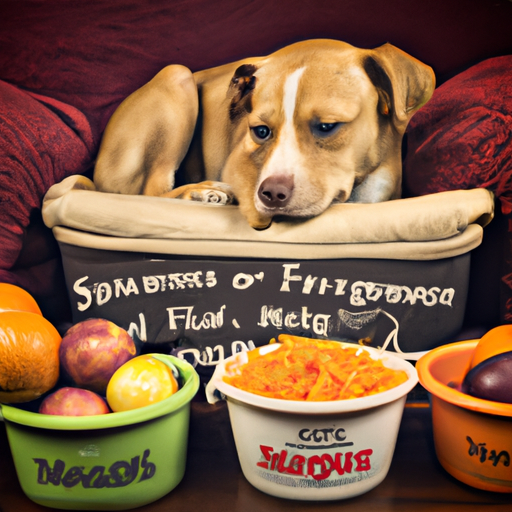Caring for a lactating dog is both a joy and a challenge. The joy comes from witnessing the miracle of life, while the challenge lies in ensuring the health and well-being of not only the newborn pups but the mother as well. Optimal nutrition is vital at this stage, as it directly impacts the mother’s health and milk production. So, what should you feed your lactating dog? Let’s dive in.
- Table of Contents
- Understanding the Nutritional Needs of a Lactating Dog
- What to Feed a Lactating Dog
- Feeding Schedule for a Lactating Dog
- Foods to Avoid
-
Common Concerns and FAQs
-
Key Takeaways
- Lactating dogs require a diet rich in protein, fats, and carbohydrates.
- Commercial dog food labeled for growth/lactation or puppy food are good choices.
- Feeding schedule should be adjusted to allow for constant availability of food.
- Certain foods, like onions and chocolate, should be avoided as they can be toxic to dogs.
Understanding the Nutritional Needs of a Lactating Dog
When a dog is lactating, her nutritional needs increase significantly. She needs more energy, protein, fats, and certain minerals to support milk production. According to the National Research Council, a lactating dog may require up to four times her normal intake of food. This underscores the importance of providing a nutrient-dense diet to these dogs.
What to Feed a Lactating Dog
The best food for a lactating dog is a high-quality commercial dog food that’s designed for growth and reproduction, such as those labeled for puppies. These foods have the necessary nutrients and energy that a nursing dog needs. You may also consider feeding a raw diet if you’re familiar with the practice and can ensure it’s balanced.
Here’s a list of what a lactating dog’s diet should ideally include:
- Protein: Essential for tissue repair and growth. Good sources include chicken, beef, and fish.
- Fats: Provide the most concentrated source of energy. Can be found in foods like fish, chicken, and certain oils.
- Carbohydrates: Another source of energy. Grains such as rice and oats are good sources.
Additionally, you can supplement the diet with certain foods for added benefits. For instance, cottage cheese can provide extra calcium, while eggs can boost protein intake. However, these should only make up a small portion of the diet and not replace balanced dog food.
Feeding Schedule for a Lactating Dog
Unlike regular adult dogs who are often fed twice a day, a lactating dog should have constant access to food. This is because nursing can take up a lot of energy, and the dog should be able to eat whenever she feels hungry. Make sure to provide plenty of fresh water too, as dehydration can affect milk production.
Foods to Avoid
While it’s important to provide a varied diet, certain foods can be harmful to dogs. These include onions, garlic, chocolate, caffeine, and certain artificial sweeteners like xylitol. These foods can cause poisoning and should be avoided.
Common Concerns and FAQs
Feeding a lactating dog can bring about many questions. Here are some common ones:
Q: Can I feed my lactating dog puppy food?
A: Yes, puppy food is often recommended for lactating dogs due to its high nutrient content.
Q: How long should my dog be on this diet?
A: The special diet should continue until weaning, which is typically around 6-8 weeks after birth.
Q: My dog doesn’t seem to be eating enough, what should I do?
A: If your dog isn’t eating enough, it could be a sign of stress or illness. Consult your vet for advice.
In conclusion, feeding a lactating dog involves providing a nutrient-dense diet and allowing constant access to food. By following these guidelines, you can ensure the health and well-being of both the mother and her pups. For more dog care tips, you might want to check out these articles on dog grooming and puppy care.



